When a dog keeps wanting to go outside, it could signal various underlying reasons that need attention. Understanding the motivations behind this behavior is crucial for ensuring the well-being of your furry friend. Factors such as boredom, anxiety, the need for exercise, or even health issues might be driving this repeated desire to go out. By recognizing and addressing these triggers, you can help create a harmonious environment for your pet and strengthen your bond. This blog post explore the common reasons why a dog may exhibit this behavior and provides insights on how to manage and potentially resolve this persistent urge.
Key Takeaways
- Understand why your dog wants to go outside to better address their needs and ensure their well-being.
- Prioritize outdoor safety by providing a secure environment, monitoring weather conditions, and considering legal obligations.
- Take into account your dog’s specific traits when allowing them outdoor access to tailor their experience and keep them safe.
- Enhance your dog’s outdoor comfort by providing appropriate shelter, water, and toys for mental stimulation.
- Recognize warning signs such as excessive barking or digging that may indicate discomfort or distress when outdoors.
- Address any outdoor concerns promptly to maintain a positive and safe outdoor experience for your dog.
Understanding the Desire to be Outside
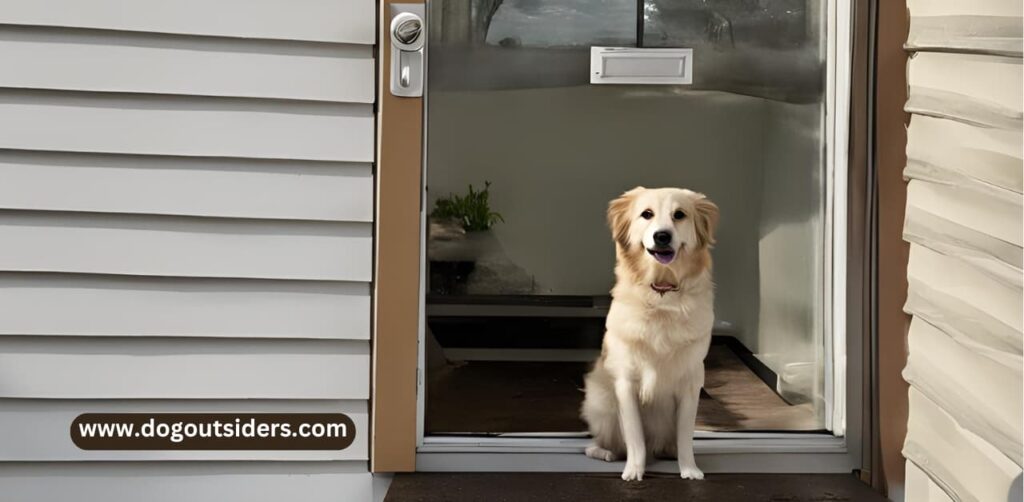
Dog Behavior Basics
Dogs follow natural instincts that guide their actions, influencing their desire to go outside frequently. Understanding these behaviors is essential for proper training and care. By addressing behavioral issues through consistent training, owners can help fulfill their dogs’ needs effectively.
Signs of Wanting Outside
Specific behaviors like pacing, whining, scratching at the door, or sitting by the entrance indicate a dog’s desire to go outside. Recognizing these signs promptly allows owners to respond appropriately to their pet’s needs. Paying attention to these cues is crucial for maintaining a harmonious relationship with your furry friend.
In my experience, observing my dog’s body language has been instrumental in understanding his desire to go outside. When he starts pacing near the door or whining softly, I know it’s time for a walk. Responding promptly to these cues not only satisfies his need but also strengthens our bond. Consistency in recognizing and addressing these signs has significantly improved his behavior over time.
Ensuring Outdoor Safety
Safe outdoor spaces
Creating a secure outdoor environment is crucial for safety. Remove toxic plants and sharp objects to prevent accidents. Utilize a fenced yard or leash to maintain control.
Weather considerations
Weather greatly impacts your dog’s outdoor time. Extreme temperatures can harm their health and comfort. Adjust activities based on weather conditions to ensure outdoor safety.
Monitoring surroundings
Regularly monitoring your dog’s outdoor area is vital. Watch out for potential dangers and unfamiliar animals. Supervision prevents accidents and ensures your dog’s security.
In my experience, setting up a designated play area in the yard helped keep my dog safe while enjoying the outdoors. I made sure to remove any harmful plants and sharp objects from the space to prevent any mishaps. Using a secure fence provided peace of mind knowing that my furry friend couldn’t wander off into unsafe areas.
When it comes to weather considerations, I always checked the forecast before allowing my dog outside. In extreme heat or cold, I adjusted our outdoor time accordingly to protect my pet from any weather-related risks. It’s essential to prioritize your dog’s well-being by being mindful of weather conditions.
Monitoring my dog’s surroundings became a routine for me whenever we were outside. By keeping a close eye on the environment, I could quickly identify any potential hazards or unwelcome visitors, ensuring a safe experience for my beloved pet. Regular supervision is key to preventing accidents and maintaining a secure outdoor space.
Weather Impact and Safety Tips
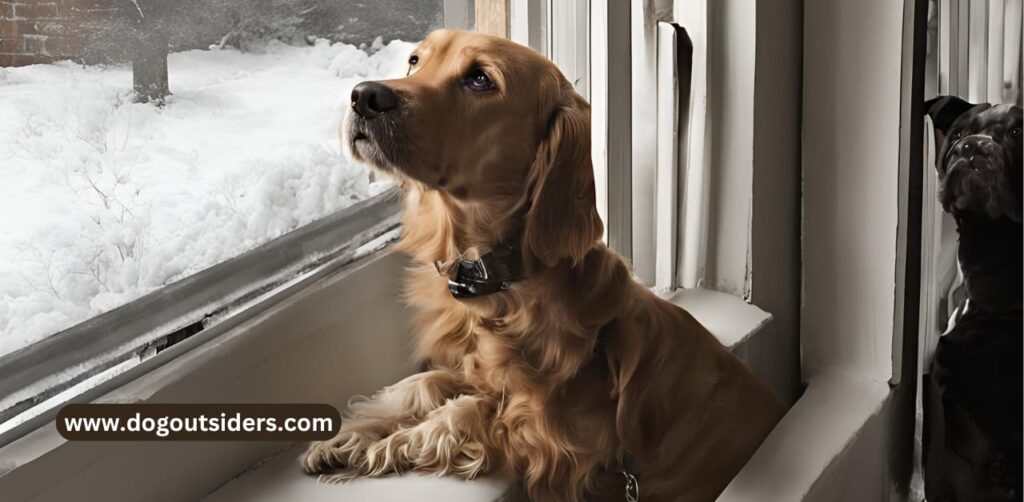
Managing heat
Implement strategies to keep your dog cool during hot weather. Ensure there is access to shade and provide plenty of water for hydration. Avoid exercising your dog during the peak heat hours to prevent overheating.
Watch for signs of heatstroke, such as excessive panting or drooling, weakness, and vomiting. If your dog exhibits these symptoms, act promptly by moving them to a cooler area and applying cool water to their body. Seek veterinary assistance immediately if necessary.
Protecting from cold
Take precautions to protect your dog from cold weather conditions by providing appropriate shelter and clothing. Limit your dog’s time outdoors in freezing temperatures, especially if they are not acclimated to the cold. Be vigilant for signs of hypothermia, like shivering, lethargy, and shallow breathing.
Signs of frostbite include pale or blue skin, coldness in the affected area, and pain when touched. If you suspect frostbite in your dog, seek veterinary care promptly to prevent further damage.
In colder climates, consider using dog boots to protect their paws from ice melt chemicals and extreme temperatures. Provide a warm bed and blankets indoors for comfort during chilly nights.
Maintaining a comfortable environment for your dog is crucial throughout the year. Whether it’s ensuring they stay cool in the summer or warm in the winter, being attentive to their needs is essential for their well-being.
Legal Considerations for Outdoor Dogs
Understanding regulations
Familiarize yourself with local regulations on dog ownership and outdoor activities to ensure compliance. Leash laws, vaccination requirements, and noise ordinances may apply. Ensuring adherence to these rules guarantees a safe and legal outdoor experience for your furry friend.
Compliance with laws is essential for responsible dog ownership. Stay informed about licensing, leash, and waste disposal regulations in your area. Failure to comply can result in fines or other legal consequences that may impact both you and your beloved pet.
Compliance with laws
It’s crucial to understand the legal framework surrounding outdoor dog ownership. By following regulations, you provide a safe environment for your pet while also abiding by the law. Remember, responsible ownership includes staying up-to-date on all relevant laws and requirements.
When it comes to outdoor activities with your dog, always prioritize safety and legality. By understanding and adhering to local regulations, you create an environment where your pet can enjoy the outdoors safely and responsibly. Remember, being a responsible owner means knowing and following the rules set forth by authorities.
Special Considerations Based on Dog Traits
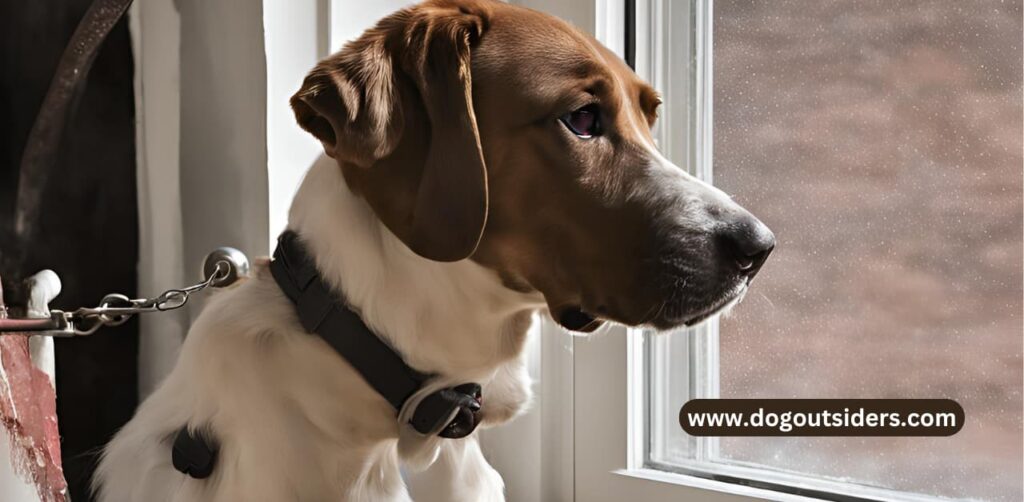
Age and health factors
Consider your dog’s age and health status when planning outdoor activities. Puppies, seniors, and those with health issues may have different needs. Consult a veterinarian for suitable outdoor routines based on age and health.
Breed-specific needs
Different dog breeds have varying requirements for outdoor exercise and stimulation. Research your dog’s breed characteristics to understand their specific needs. Tailor outdoor activities to suit their breed traits and energy levels.
I always consider my dog’s age before planning outdoor activities. Puppies require shorter, more frequent outings compared to adult dogs. For senior dogs, I opt for gentle walks to accommodate their decreased mobility.
Understanding my dog’s breed has been crucial in tailoring outdoor experiences. Retrievers enjoy swimming, while terriers thrive in games that stimulate their hunting instincts. Matching activities to breed traits ensures a fulfilling outing.
Researching my dog’s breed helped me realize the importance of providing mental stimulation during outdoor time. For example, puzzle toys can engage intelligent breeds like Border Collies during playtime.
Enhancing Outdoor Comfort
Shelter and comfort
When enhancing your dog’s outdoor experience, it’s crucial to provide adequate shelter and comfort. The shelter should protect your furry friend from the elements, offering a cozy resting area. Incorporating comfort items such as bedding or toys can significantly improve your dog’s time spent outdoors.
To ensure your dog feels safe and secure outside, consider placing a comfortable dog house or shelter in the yard. This will give them a designated space where they can relax and unwind. Adding blankets or cushions inside the shelter can further enhance their comfort level during outdoor stays.
Creating a designated outdoor area with shelter and comfort not only provides a safe space for your dog but also encourages them to spend more time outdoors. Dogs often enjoy having their own personal space where they can retreat to when they need a break from indoor activities.
Adequate outdoor access
Providing your dog with regular outdoor access is essential for their overall well-being. Dogs thrive on outdoor time as it allows them to engage in physical exercise, socialize with other animals, and receive mental stimulation. Establishing a routine that includes ample outdoor time is key to meeting your dog’s needs effectively.
Incorporating daily walks, playtime in the yard, or visits to the park can all contribute to fulfilling your dog’s need for outdoor access. These activities not only promote physical health but also support mental well-being by keeping your furry companion engaged and happy.
I find that setting aside specific times each day for outdoor activities helps create a sense of structure and routine for my dog. This predictability ensures that my pet receives consistent exposure to the outdoors, which is vital for their happiness and overall quality of life.
Recognizing Warning Signs
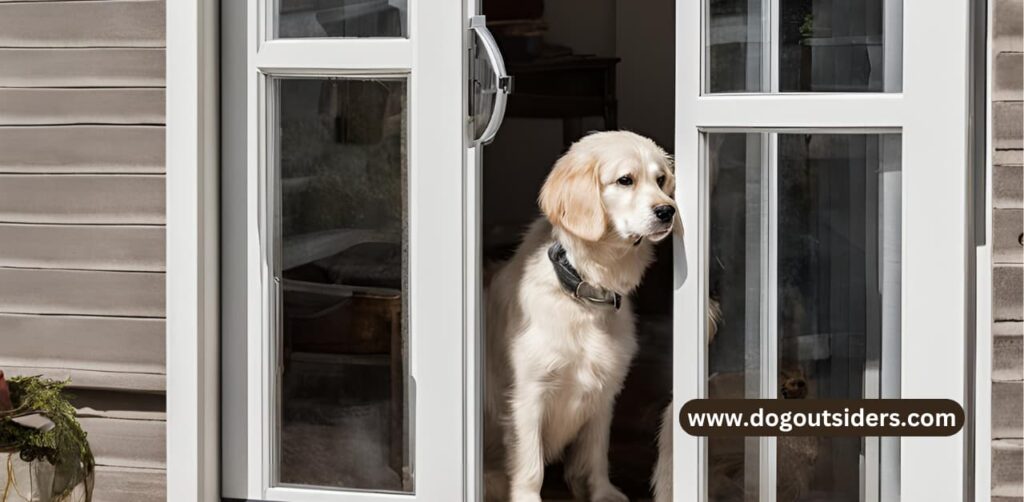
Health warnings
Being aware of potential health risks associated with outdoor exposure for your dog is crucial. Parasites, allergens, and toxins are common outdoor hazards that can harm your furry friend. Regular vet check-ups and preventive measures play a vital role in safeguarding your dog’s health.
Behavioral cues
Dogs communicate their needs and emotions through various behavioral cues. Understanding your dog’s body language and vocalizations is essential for interpreting their signals accurately. Responding appropriately to these cues not only meets your dog’s needs but also strengthens the bond between you both.
I find it helpful to observe my dog’s behavior closely when we’re outside. Noticing any signs of discomfort or unusual behavior allows me to act promptly and ensure my dog’s well-being. Establishing a routine for regular vet visits has proven effective in preventing health issues related to outdoor exposure.
Addressing Outdoor Concerns
Risks of outdoor living
Outdoor livingposes certain risks such as encounters with wildlife or exposure to toxins. Educate yourself on potential dangers in outdoor environments to protect your dog. Taking preventive measures and staying vigilant can minimize risks associated with outdoor living.
Benefits of outdoor access
Outdoor access offers numerous benefits for your dog’s physical and mental health. Regular outdoor activities promote exercise, socialization, and overall well-being. Spending time outdoors strengthens the bond between you and your dog.
In my experience, understanding the potential risks of outdoor living is crucial for ensuring the safety of your furry friend. I have encountered situations where being knowledgeable about wildlife encounters has prevented dangerous situations for my dog. By being proactive and informed, you can create a safe environment for your pet to enjoy the outdoors without unnecessary hazards.
When it comes to the benefits of outdoor access, I have personally witnessed the positive impact it has had on my dog’s well-being. Regular outdoor activities not only keep them physically healthy but also contribute to their mental stimulation and happiness. The bond that is formed through shared outdoor experiences creates lasting memories and strengthens our relationship.
Conclusion:
Understanding why your dog constantly wants to go outside is essential for their well-being. By ensuring outdoor safety, considering weather impacts, and recognizing warning signs, you can provide a comfortable and secure environment for your furry companion. Legal aspects and specific traits of your dog should also be taken into account when addressing outdoor concerns.
Prioritizing your dog’s outdoor needs while keeping them safe is crucial for a harmonious coexistence. Remember to observe their behavior, cater to their comfort, and be proactive in addressing any issues that may arise. A happy and content pup is a reflection of responsible pet ownership.
FAQ’s:
Dogs have a natural instinct to explore and exercise. They may also be seeking mental stimulation or responding to scents and sounds outdoors.
Always supervise your dog, provide identification tags, secure your yard, use a leash in public areas, and be cautious of extreme weather conditions.
Consider temperature extremes, humidity levels, precipitation, and wind conditions. Provide shelter from harsh weather elements and ensure access to clean water at all times.
Check local laws on pet ownership, licensing requirements, leash regulations, vaccination mandates, noise ordinances, and potential liability issues related to owning a dog.
Provide shaded areas, comfortable bedding or mats, toys for entertainment, fresh water bowls, and ensure the environment is safe from hazards like toxic plants or sharp objects.

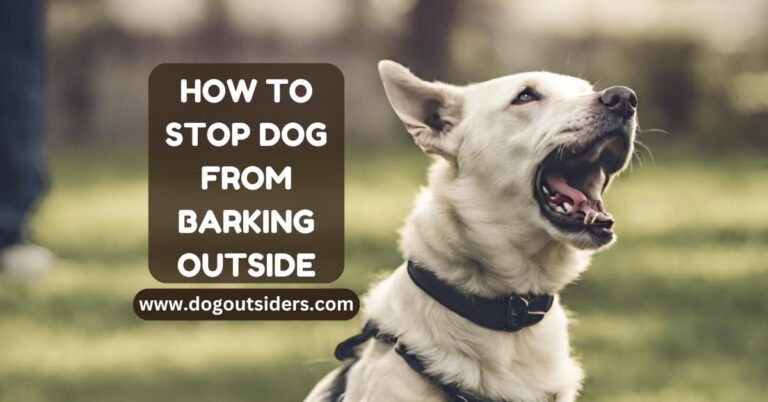
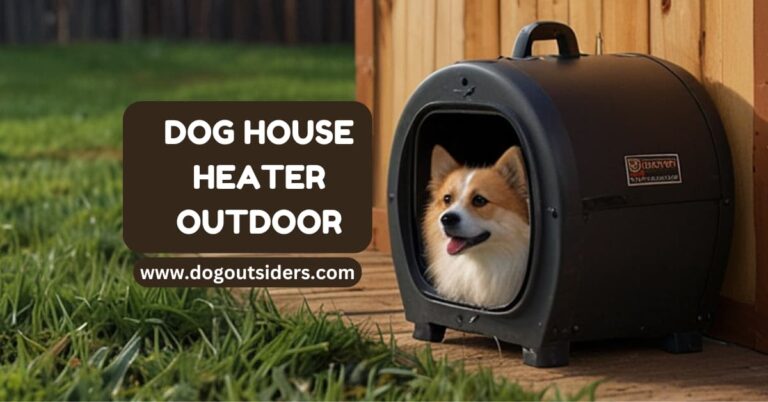

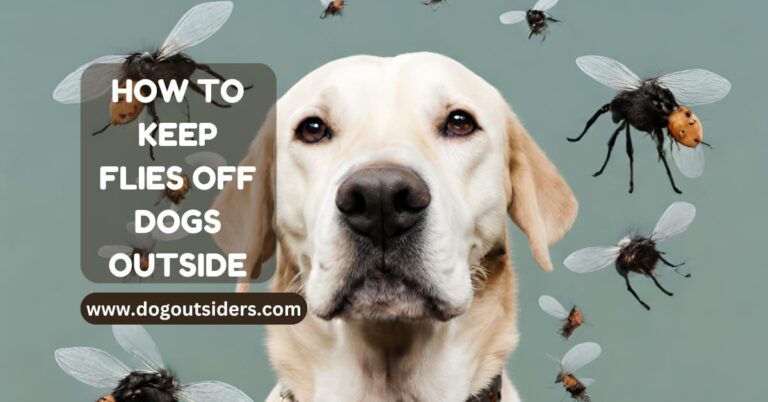


3 Comments